You’ve been to Sensoji. What’s next?
An estimated 30 million people visit Tokyo’s oldest established temple annually and you’re one of them. You’ve already seen the signature towering roof of the main hall, the pagoda that houses the ashes of buddha gifted by the royal temple of Sri Lanka, and the statues of the god of wind and the god of thunder that guard Kaminari-mon. If you’re wondering what else there is to explore near Sensouji, look no further than this article. When you’ve had your fill of all the shopping near the temple, head to one of the following ten museums to soak up more culture.
Museums less than a 10 minute walk from Sensoji
SAMURAI NINJA MUSEUM
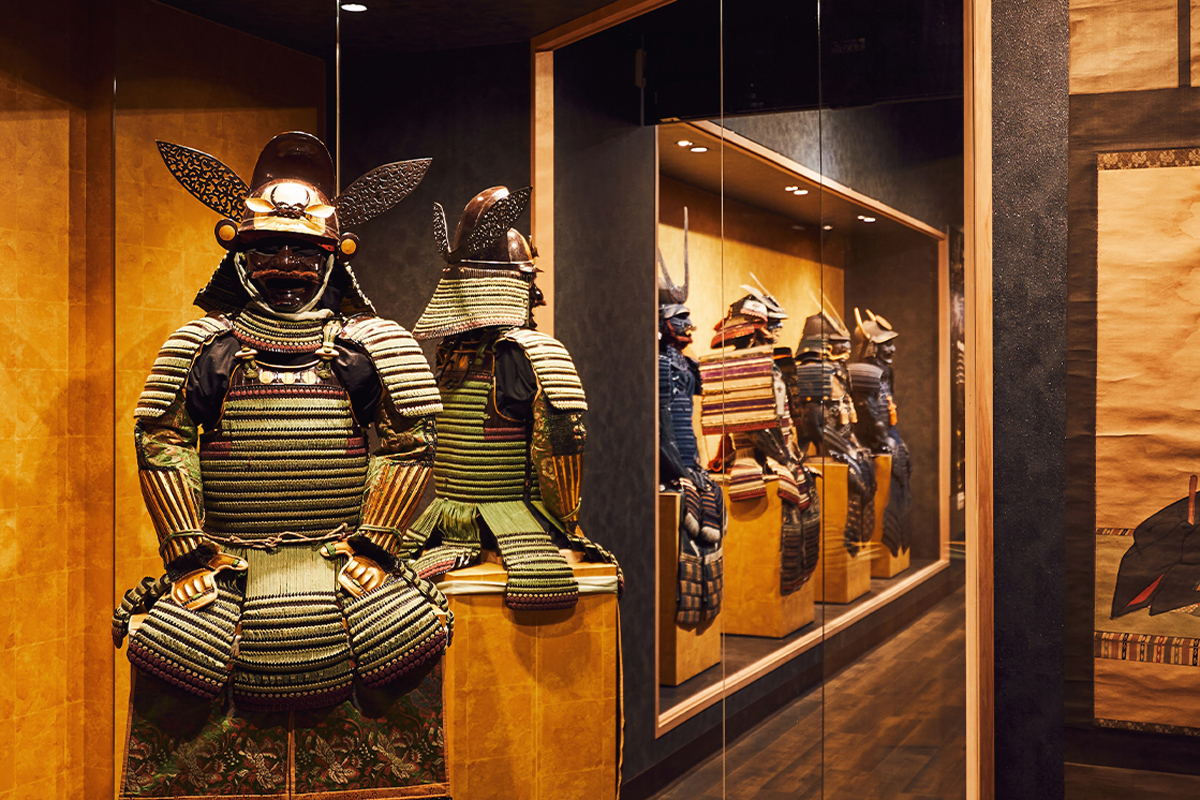
This recently opened museum, just minutes away from Sensoji temple is an experience for all ages. With an easy to use and well translated official website, booking tickets is simple. This museum is hands-on. You won’t just be looking at 300 year old Edo Period samurai armor, you get a chance to try samurai style armor on. You are even instructed in shuriken throwing and blowgun techniques that ninjas used. A highlight for sword collectors and martial artists will be the “Wall of Swords” where you can hear about the legendary samurai who wielded them.
Website: https://mai-ko.com/samurai/
Basic Admission for 1 Adult: 3,000 yen
Hours: Everyday 9am – 7pm
Edo Taito Traditional Crafts Museum
Asakusa, once the heart of the entertainment district, has always had use for skilled craftsmen and the traditions run strong today. Displaying as many as 50 types of traditional crafts, this museum holds demonstrations of these historied techniques about once a month. Check the event page on their website to see if any demonstrations are going on during your visit.
Website: https://craft.city.taito.lg.jp/en/event/
Free Entry
Hours: Everyday 10am – 6pm
Miyamoto-Unosuke Drum Museum
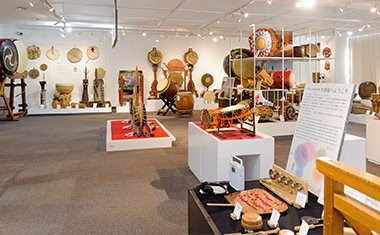
This museum, opened in 1988 by a 150 year old Japanese drum making company, houses one of the largest collections of its kind in the world. It boasts nearly 800 drums from all over the world as well as 3000 books and resources. Check out the labels on the drums; you may just get to play them. This quaver symbol (♪) on a drum means you are allowed to touch and play it (gently). They also sporadically hold events. Be sure to check out their blog for details.
Website: https://www.miyamoto-unosuke.co.jp/blogs/event
Free Entry
Hours: Everyday Except Mon and Tues 11am – 4pm
(Also open on Mondays which fall on public holidays)
Ikenami Shotaro Memorial Museum
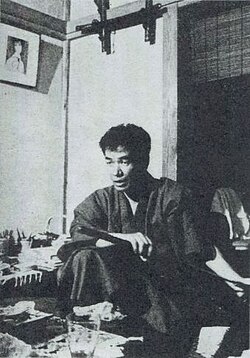
This museum, which is on the first floor of the Taito District Public Library, celebrates the life of Ikenami Shotaro who was famous for his many historical novels that were adapted for cinema. One you might have heard of, “The Last Samurai” (1974), was adapted from his novel “Sonootoko”. This exhibit is entirely in Japanese, so be sure to have your favorite translation app handy.
Website (Japanese Only): https://library.city.taito.lg.jp/ikenami/
Free Entry
Hours: Everyday 9am – 8pm
World Bags & Luggage Museum
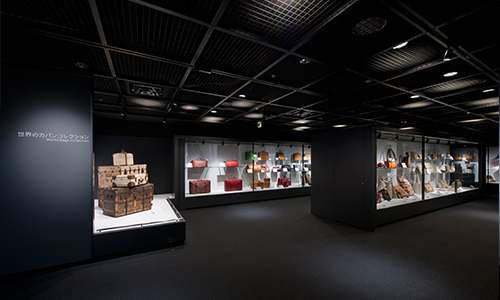
550 bags from 50 countries around the world are displayed at this museum dedicated to displaying the work of talented craftsmen both inside and outside Japan who make beautiful things so integral to our daily lives. This collection was started by the founder of ACE Bag Co., Ltd., Ryusaku Shinkawa, after his trip to Europe in the late 1950’s. It shows bags made of once cutting-edge materials like nylon and faux leather as well as bags resourcefully made with whatever was widely available such as feathers, bark, and leaves.
Website: https://www.ace.jp/museum/
Free Entry
Hours: Everyday except Sun and public holidays 10am – 4:30pm
Museums about a 20 minute walk from the temple
Tobacco & Salt Museum
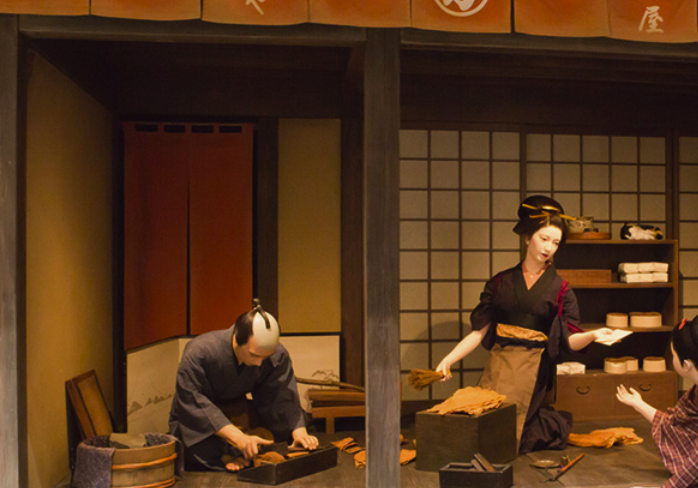
Exploring the history and science behind both salt and tobacco this museum will give you an insight into two of the most common, but perhaps the most historically influential goods worldwide. Learn how Japanese salt production had to differ from other parts of the world and how difficult it was to import. Investigate the tobacco culture of the Edo period and be amazed at how tobacco sales and import are handled today. There is of course a stellar shop with Japanese-English publications for those who want to do some further reading.
Website: https://www.tabashio.jp/en/index.html
Admission fee: 300 yen
Hours: Everyday except Mon 10am – 5pm (last entry is 4:30)
Mondays that fall on public holidays will be open and the following day will be closed.
Tokyo Tarot Museum
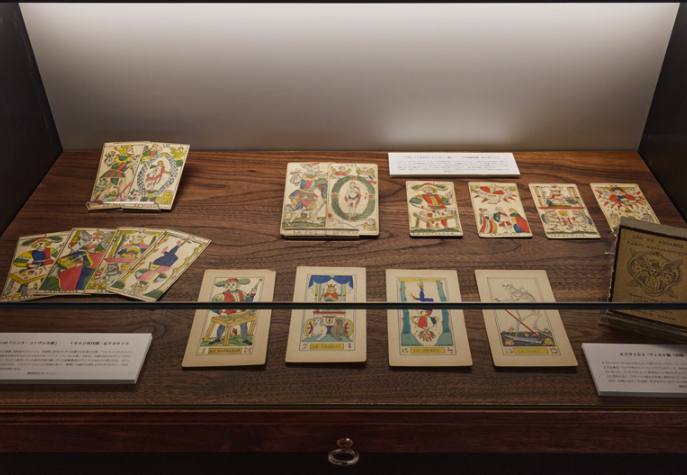
Explore the world of tarot with a multitude of beautiful cards and easy to use resources. Even those with no prior tarot knowledge can attempt a self-reading in the free space available. This museum not only shows rare cards but has its own small library on topics such as divination, mythology, and magic. Reservations can only be made online and, while not the smoothest, they are easy enough to make using Google to translate the page.
Website (Japanese Only): https://www.tokyo-tarot-museum.art/
Admission fee: 800 yen
Hours: Mon – Fri 10am – 8pm, Sat 9am – 6pm
Tokyo Origami Museum
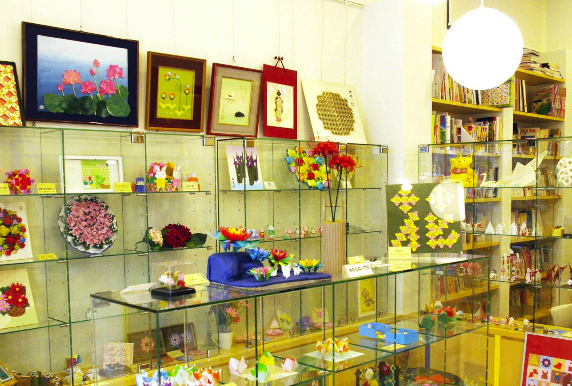
Origami, the art of folding paper, was originally ceremonious. Used at Shinto shrines or for wrapping money and gifts origami began to make it’s way into the lives of shogun and daimyo during the Muromachi period. Popularized by the Ogasawara clan and Ise clans, paper butterflies began to decorate sake vessels at weddings and feasts. These days, origami has become a recreational art form that all ages can enjoy. The Nippon Origami Association proudly presents their work in this small museum you can peruse free of charge.
Website: https://www.origami-noa.jp/
Free Entry
Hours: Everyday except public holidays 9:30am – 5:30pm
Postal Museum Japan
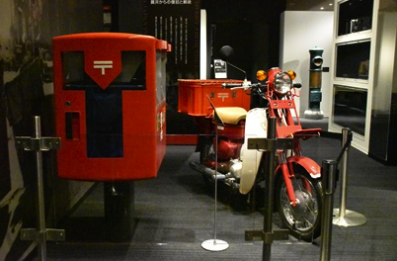
Come learn about the history of the Japanese postal service. With tons of unique post boxes to admire and old school post transportation vehicles, this museum is a wonder for those who want a more practical view of historical Japan. Stamp collectors will love the myriad of extant historical examples on display as this is Japan’s largest exhibition of stamps numbering approximately 330,000 stamps.
Website: https://www.postalmuseum.jp/
Admission fee: 300 yen
Hours: Everyday 10am – 5:30pm (last entry is 5pm)
Closed irregularly due to weather or exhibition changes check the important notices page for details.
Museum of Roadside Art
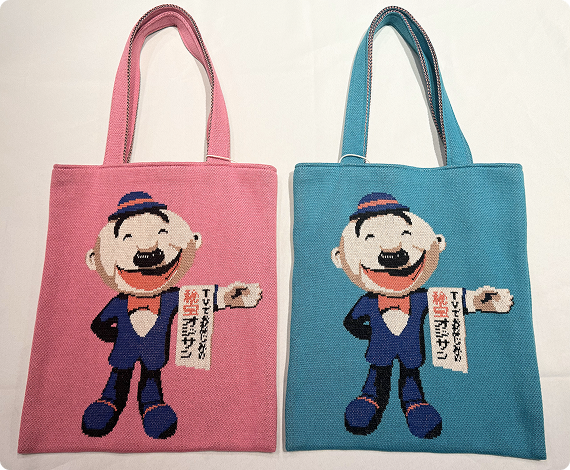
This offbeat museum featuring Kyoichi Tsuzuki’s personal collection not only features outsider art, erotic art, and so-called bad art, but is dedicated to the nostalgic, optimistic age of the Showa Era(1925-1988). This quirky space includes laser karaoke, a snack bar on the second floor, and a life-size mannequin that was exhibited at the Toba Science Fiction Future Museum. This wild amalgamation works is not appropriate for minors and thus visitors under 18 are not allowed entry.
Website: https://museum-of-roadside-art.com/
Admission fee: 1,500 – 3,000 yen (see website for details)
Hours: Mon – Thurs 5pm – 11pm, Fri & Sat 3pm – 11pm

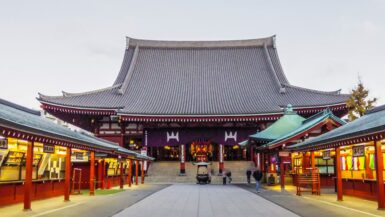
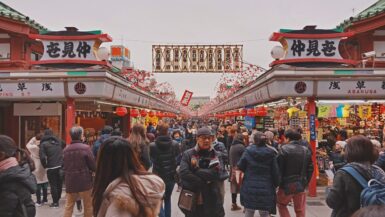

Leave a reply